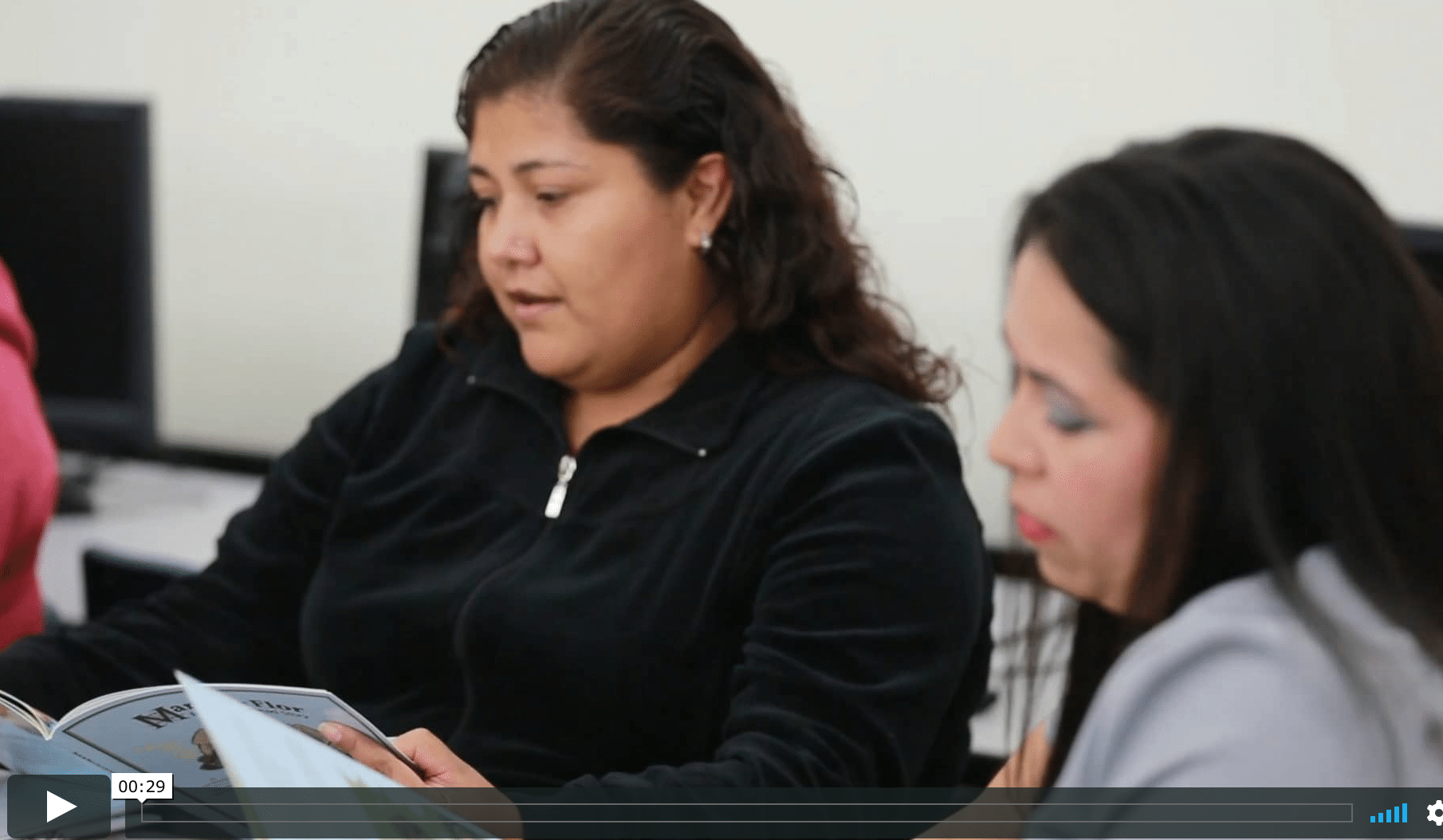What is Multicultural Literature? 
The need for multicultural literature was a direct outgrowth of the demographic changes in the United States in the 1950s and 1960s, says an article by the University of Texas (UNT) when describing multicultural literature. By definition, multicultural literature has these groups as its main characters and revolves around themes that impact their lives, it says. These groups have often been overlooked or had minimal impact in literature and school curriculum but that is beginning to change, the University points out.
Interestingly in another article “Multicultural Literature and Discussion as Mirror and Window?” by the Journal of Adolescent and Adult Literacy, one teacher helped her students respect and understand their own culture and that of others by including multicultural texts in her curriculum. While the experience enabled minority students to find their voices in the classroom, in some respects it simultaneously stifled the voices of majority students, the article says.
As such, although the use of multicultural literature sheds light on the cultures of others and holds up a mirror to students’ own culture, it can also reinforce notions of “culturelessness” among white, European American student populations, it states. If multicultural literature is to act as a mirror and window for all students, thus leading to a more culturally-affirming reality in schools, it is imperative for teachers and students to also include “whiteness” in conversations about culture, says the author.
When it comes to immigrant children, though, who are looking for role models and representations of people who look like they do, multicultural literature becomes especially important in boosting their self-esteem while they’re learning English as a second language says, the national book publisher, Lectura Books. All too often, the bookstores and libraries are stocked with mainstream books that don’t reflect all members of the community. Stressing a selection where multiculturalism is embraced, so that every child may learn about the cultures and experiences of everyone within that community will benefit children of every background, it says.
Take a look at the Lectura Book booklist to learn more about books representing the Latino culture and background, along with guidelines for selecting appropriate titles for selecting appropriate titles for libraries and classrooms.
Working hand-in-hand with The Latino Family Literacy Project, Lectura Books also provides books for the organization’s various age-specific literacy programs. The way that it works is that after training teachers and/or staff in either a half-day workshop or a 1 ½ hour webinar, they then provide a series of workshops on the school site to educate parents on the benefits of a regular reading routine and to help them in establishing one at home. All programs are evidence-based and have a built-in evaluation process to measure the success of what the parents learned in class. For more information, please contact The Latino Family Literacy Project or Lectura Books.
